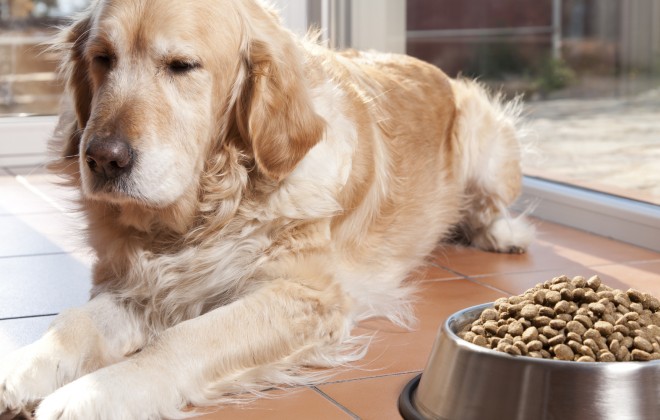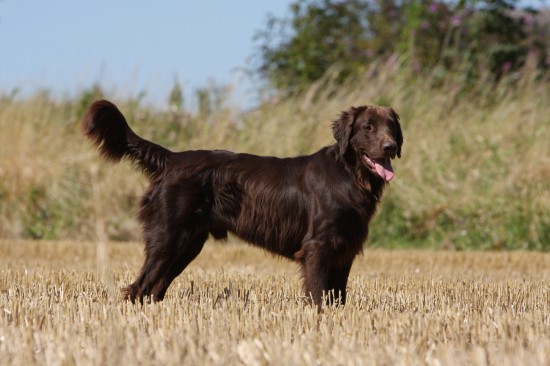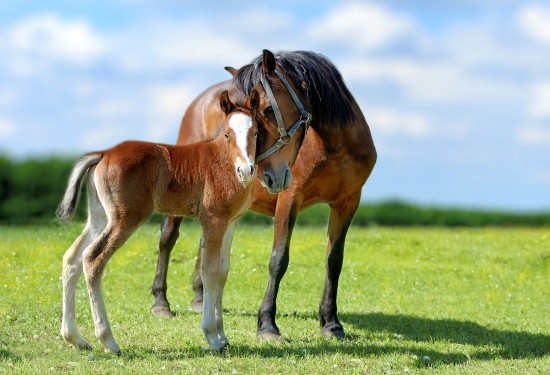

If you find your rabbit limping there could be several reasons why they are lame. You might think they have injured a leg but limping could also be a side-effect of some other condition which involves a really severe pain in one or more their limbs. You may notice they are favouring one particular leg and trying their best not to put the one that's causing them pain down on the ground. You might also notice they have stopped hopping and are doing more “walking” instead or they may not be using their hind legs to push themselves off.
Whatever the symptoms, you need to make an appointment with the vet as soon as you can. The vet would be able to give your pet a thorough examination to see if there is any muscular damage causing the limp or if there's a skin infection or nervous issue that's the root cause of the problem.
You may find your rabbit has limited mobility in a joint or maybe the joints look strange or swollen and as a result they are showing the following symptoms:
There are several reasons why a rabbit might be lame which includes the following:
If you notice your rabbit is lame, the best thing to do is take them to the vet as soon as possible so a correct diagnosis can be made. The vet would be able to confirm whether your rabbit is lame because of a muscle imbalance or whether it is because they are suffering from a nervous disorder. You would need to give the vet as much background as you can about your rabbits health and how the symptoms first started.
The vet would then take carry out a blood and urine analysis. They may also take a look at joint fluid to confirm if your rabbit has some sort of joint disease. X-rays are often taken if the vet thinks your pet may be suffering from a musculosketal disorder.
The treatment really will depend on what the cause of your rabbit's lameness actually is. However, if your pet has stopped eating and drinking, the vet will want to put them on fluids to prevent them from becoming too dehydrated. They may also want to give your rabbit some sedatives or pain killers. If there is swelling on a joint or limb, the vet might also prescribe morphine and an anti-inflammatory drug. Should there be a suspected infection, then an antibiotic will be administered to your rabbit too.
If there's a fracture, a bad abscess or joint deformities which are the root cause of the lameness, the vet would need to perform some sort of surgery to repair any damage to a limb.
The after care you give your pet rabbit is all important for them to make a full recovery. Once you get your rabbit back home, you would need to provide them with a nice warm and quiet place where they can recover in peace. It's a good idea to put them on some sort of soft bedding making sure you clean them out every single day or even twice daily because keeping your pet is dry and clean conditions is crucial for them to make a full recovery. It will help prevent any further infection from setting in which could worsen the condition. You should also restrict their movement so they don't injure the limb any further.
During the recovery period it is really important to keep an eye on your rabbit's appetite and to make sure they are drinking enough water. Offer them some dampened leafy vegetables, carrots tops and their favourite food. If you find your pet just doesn't want to eat then you may have to force feed them until they start eating on their own again, but you should check with the vet as to the sort of food you should give them. You should avoid high-carbohydrate and high-fat foods – unless the vet has specifically told you to feed your rabbit this type of food.
A rabbit can be lame for many reasons which is why it's really important to take them to see the vet as soon as you can. Once the vet has made a correct diagnosis the condition can be treated with the right medication or maybe they would need to have some sort of surgery to correct the problem. The after care you provide is crucial to your rabbit making a full recovery which means they need to be kept in a warm, clean and dry environment. You also need to make sure they are eating and drinking and if you find they are not, then another trip to the vets may be in order.
 Six Health Essentials That You Should Monitor In Your Kittens First Few Weeks Of Life
Six Health Essent
Six Health Essentials That You Should Monitor In Your Kittens First Few Weeks Of Life
Six Health Essent
 Golden Retriever Puppies For Sale - What You Need To Look At?
Golden Retriever Puppies For Sale - What You Need To Look
Golden Retriever Puppies For Sale - What You Need To Look At?
Golden Retriever Puppies For Sale - What You Need To Look
 Seven Indications That You Need To Change Your Dog Food
Seven Indications
Seven Indications That You Need To Change Your Dog Food
Seven Indications
 Flat Coated Retriever Hereditary Health And Longevity
Flat Coated Retri
Flat Coated Retriever Hereditary Health And Longevity
Flat Coated Retri
 How To Prevent Sunburn In Horses
How To Prevent Su
How To Prevent Sunburn In Horses
How To Prevent Su
Copyright © 2005-2016 Pet Information All Rights Reserved
Contact us: www162date@outlook.com